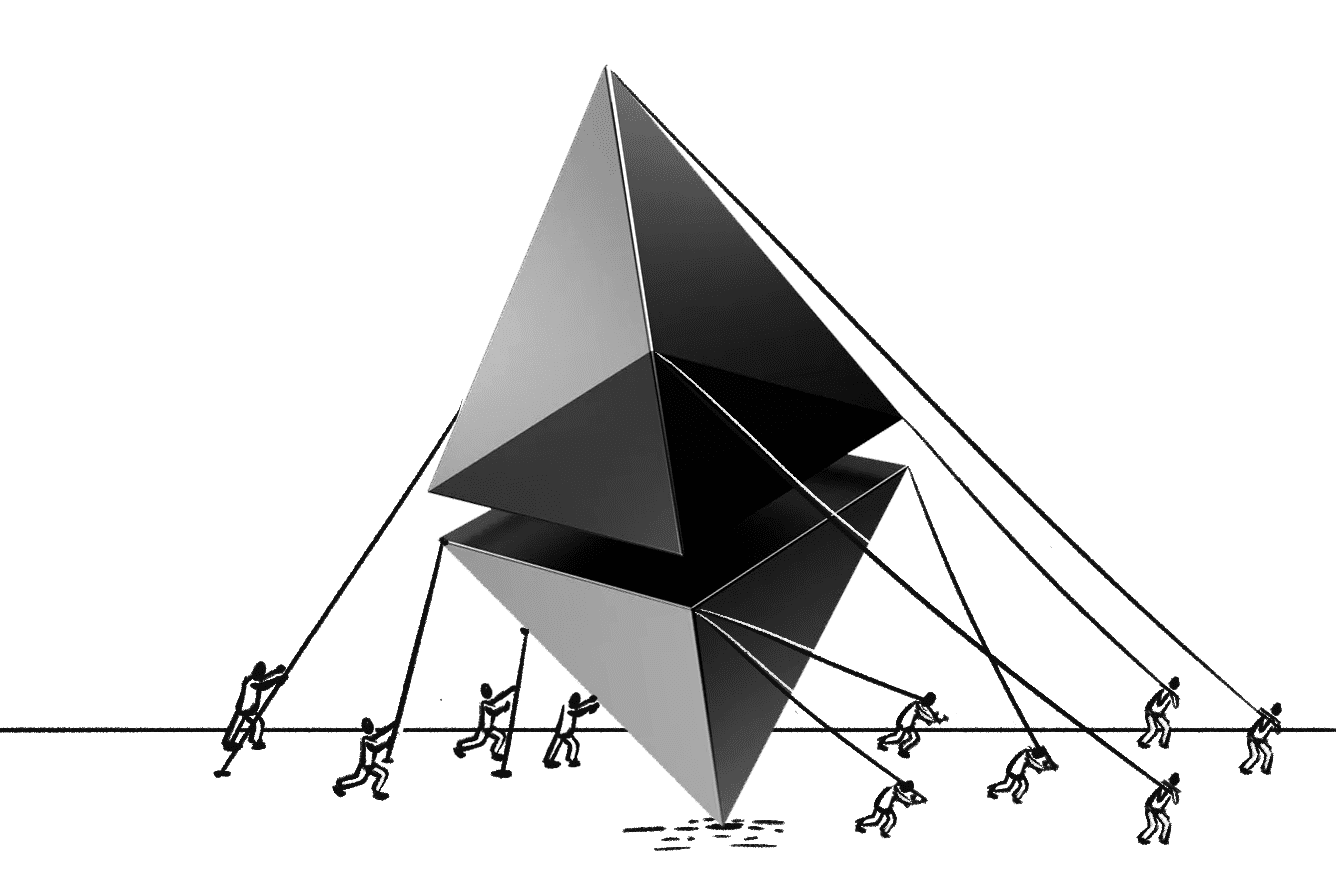
Ethereum developers have relaunched the Holesky test network following an unsuccessful attempt last month. The Holesky testnet is designed to replace the problematic Goerli testnet, thereby improving the testing environment and reducing potential mainnet issues.
Goerli originated from the ETHberlin hackathon and was launched in early 2019 as the first community-built testnet. While the testnet rapidly gained popularity among developers, by 2023 it had become somewhat outdated.
One of its major shortcomings was its limited total supply of 115 million GoETH, which constrained the number of tokens developers could obtain. While testnet tokens should be free and available to anyone wanting to test their ideas, the limited supply led to GoETH being traded over-the-counter (OTC). The issue was compounded by the fact that it was the only testnet that allowed you to test validator setups.
The Holesky testnet started with 1.6 billion HETH tokens, making it more accessible than the previous Goerli testnet. Moreover, this testnet will primarily serve as a staking, infrastructure, and protocol-developer testnet. For decentralized applications, smart contracts, and other EVM functionalities, developers recommend using the Sepolia testnet, which was opened up to the public during the Shapella upgrade in March 2023.
The team plans to eventually shut down Goerli in 2024, as the majority of Ethereum developers transition to Holesky and Sepolia.
Last month, Ethereum developers made a first attempt to launch the Holesky testnet. However, during the launch, the testnet began to experience issues.
According to DevOps at the Ethereum Foundation, there was a “misconfiguration in the el genesis file,” causing the network to launch improperly. Although some validators managed to manually fix the config and launch the testnet, it was insufficient for the network to finalize.
The Holesky testnet's initial launch failure represents a rare hiccup in Ethereum's recent streak of progress. While some might believe that the issue suggests Ethereum is losing its talent, that is likely not the case.
Ethereum boasts one of the most robust and decentralized development communities in the space, setting it apart from many other blockchains.
Notably, Ethereum's progress isn't driven by just one team. Apart from the Ethereum Foundation, which oversees and funds various aspects of Ethereum's development, there are multiple client teams, including Geth, Open Ethereum, Erigon, and Prysm, among others. Additionally, other companies are engaged in research and development on various parts of the protocol.
Despite the temporary setback, the diverse and decentralized collaboration of multiple teams bolsters Ethereum's innovation and resilience, positioning it to outpace competitors for many years to come.

